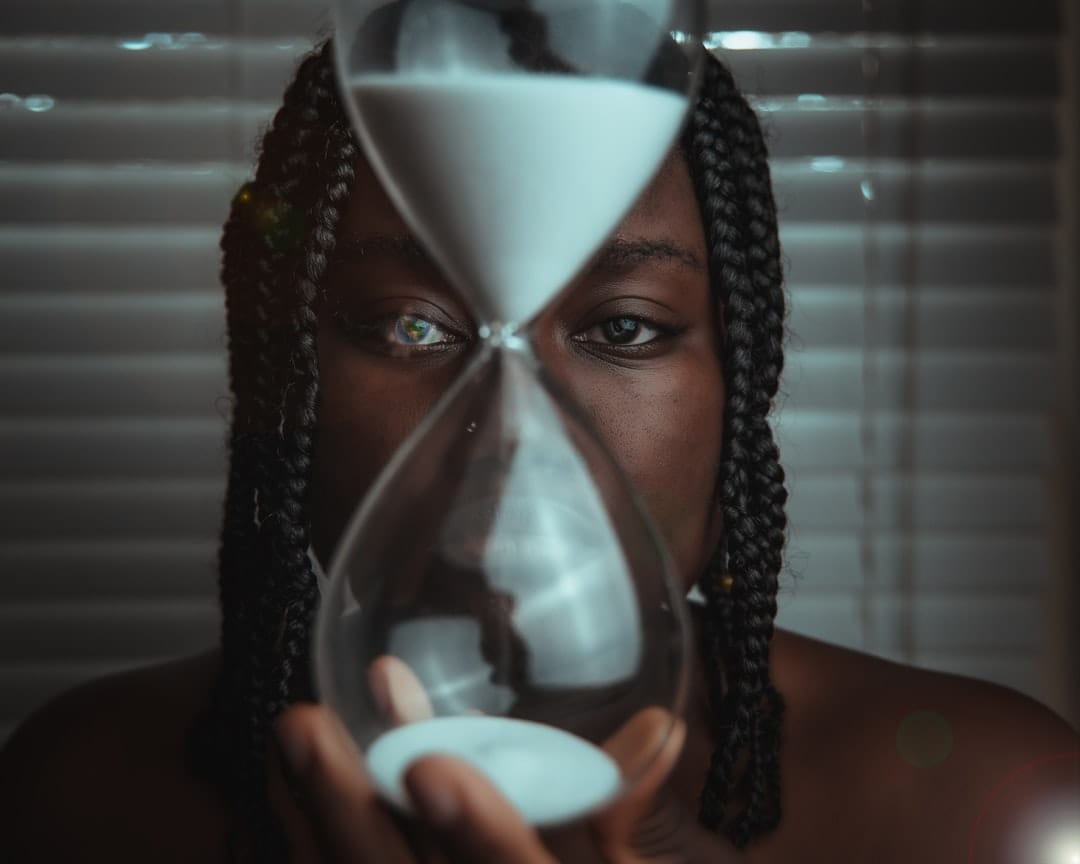Understanding Nebulizer Masks: Essential Information for Asthma Treatment
A nebulizer is a medical device designed to aid individuals with respiratory conditions by converting liquid medication into a mist that can be easily inhaled into the lungs. This device is particularly beneficial for those suffering from lung diseases such as asthma, chronic obstructive pulmonary…

Types of Nebulizers
There are three primary types of nebulizers, each utilizing a different method to create the mist necessary for inhalation. Jet nebulizers use compressed air to convert liquid medicine into a mist. Mesh nebulizers employ a fine mesh to produce the mist, offering a quieter and often more portable option. Ultrasonic nebulizers utilize high-frequency vibrations to generate the mist, providing a rapid and efficient treatment.
Usage of Nebulizer Masks
Nebulizers can be used with either a mouthpiece or a mask, depending on the patient's preference and needs. Nebulizer masks are available for both adults and children, ensuring that individuals of all ages can receive effective treatment. The mask should fit snugly against the face to ensure that the medication is delivered efficiently to the lungs. A proper fit is crucial for maximizing the therapeutic benefits of the treatment.
Proper Nebulizer Usage
To use a nebulizer effectively, it is important to follow a series of steps. First, assemble the machine according to the manufacturer's instructions. Next, add the prescribed medication to the nebulizer's medicine cup. Once the device is ready, inhale the mist through the mask or mouthpiece until the medicine cup is empty, which typically takes about 10 minutes. This process ensures that the full dose of medication is delivered to the lungs.
Cleaning and Maintenance
Maintaining a nebulizer is essential for its effective operation and the prevention of infections. After each treatment, the nebulizer parts should be washed with warm water and mild soap. It is important to note that the tubing should not be washed, as it can retain moisture and become a breeding ground for bacteria. Regular cleaning helps ensure that the device remains hygienic and functions properly over time.
Benefits for Different Age Groups
Nebulizer masks are designed to cater to both adults and children, making them versatile tools in managing respiratory conditions across different age groups. For children, the mask can be particularly beneficial as it allows for hands-free treatment, which can be more comfortable and less intimidating than using a mouthpiece. For adults, the mask provides an alternative for those who may have difficulty using a mouthpiece due to physical limitations or personal preference.
Conclusion
Nebulizers, with their ability to convert liquid medication into an inhalable mist, play a crucial role in managing respiratory conditions such as asthma and COPD. By offering different types of nebulizers and the option of using a mask or mouthpiece, these devices provide flexible and effective treatment options for individuals of all ages. Proper usage and maintenance of nebulizers are essential to ensure their effectiveness and longevity, ultimately aiding in better respiratory health.
FAQs
**How long does a nebulizer treatment take?**
A nebulizer treatment typically takes about 10 minutes, depending on the amount of medication and the type of nebulizer used.
**Can children use nebulizer masks?**
Yes, nebulizer masks are available for children and are designed to fit snugly to ensure effective delivery of medication.
**Do I need to clean the nebulizer after each use?**
Yes, it is important to wash the nebulizer parts with warm water and mild soap after each treatment to maintain hygiene and functionality. However, the tubing should not be washed.
References
https://www.walgreens.com/topic/pharmacy/nebulizer-services.jsp
https://www.walmart.com/c/kp/nebulizer-mask
https://www.farrislabs.com/products/adult-nebulizer-mask
https://www.nationaljewish.org/conditions/medications/asthma-medications/devices/nebulizers/mask
https://medlineplus.gov/ency/patientinstructions/000006.htm
https://www.nhlbi.nih.gov/sites/default/files/publications/How-to-Use-a-Nebulizer-21-HL-8163.pdf
https://www.mayoclinic.org/diseases-conditions/sleep-apnea/in-depth/cpap-masks/art-20546828
https://www.exmed.net/nebulizer-masks